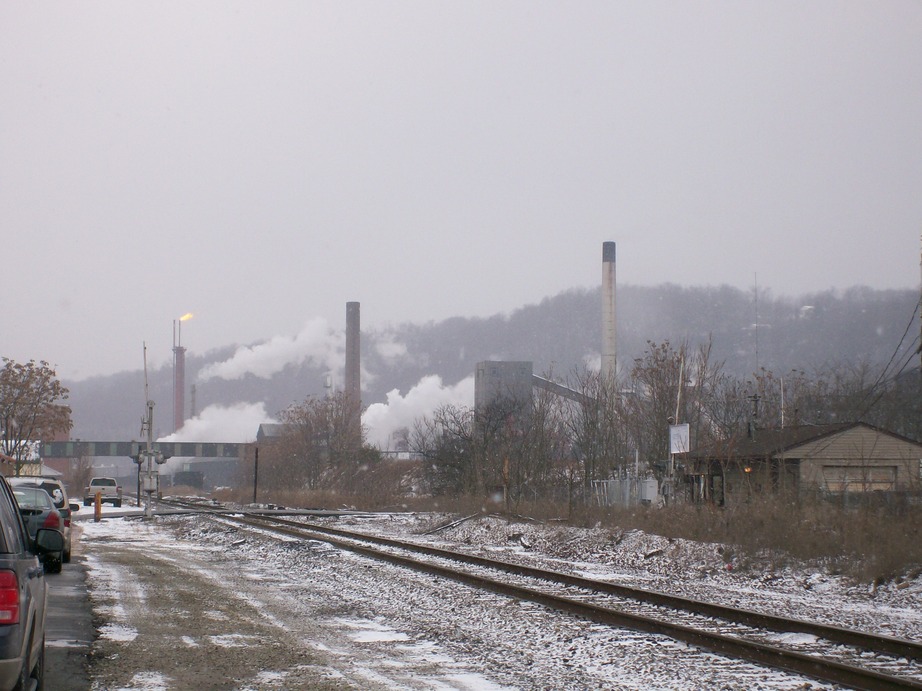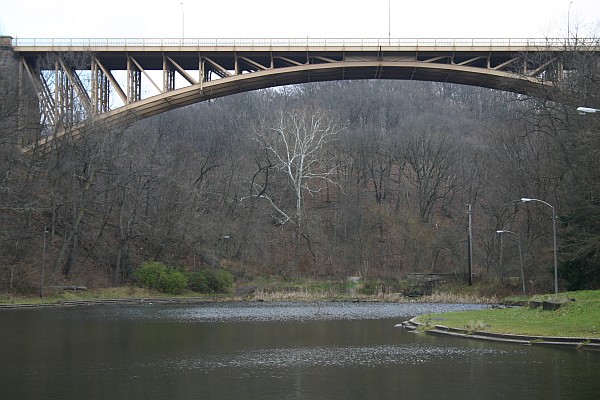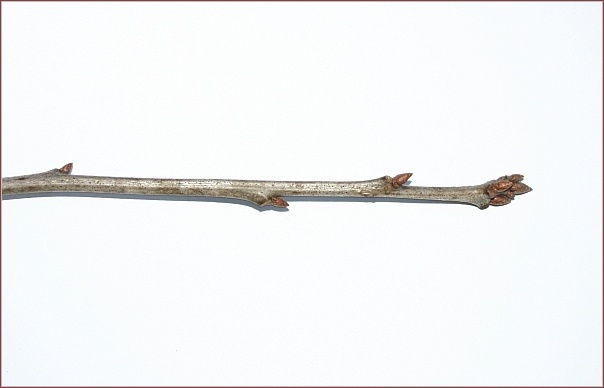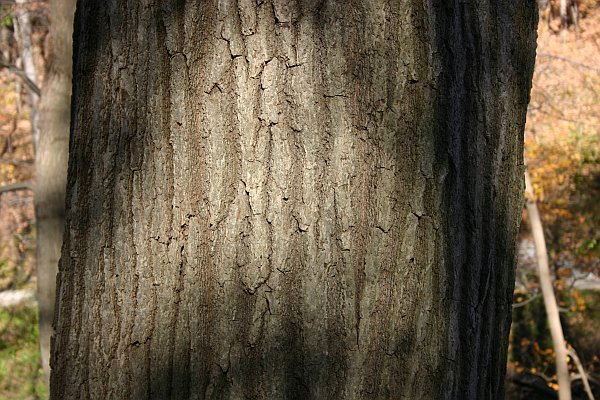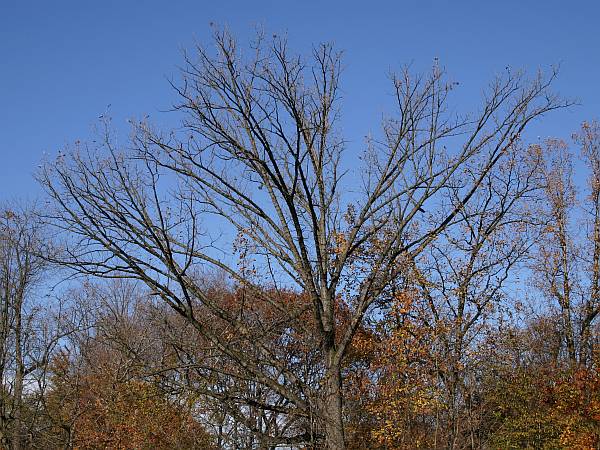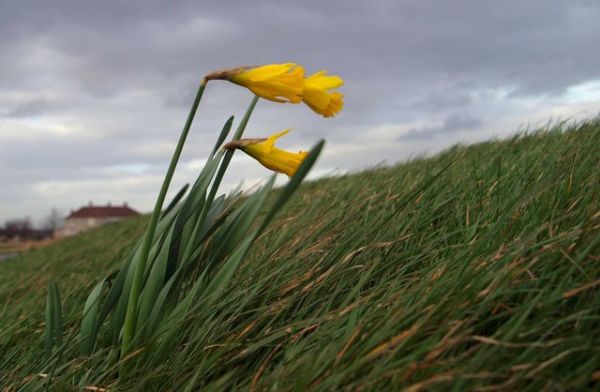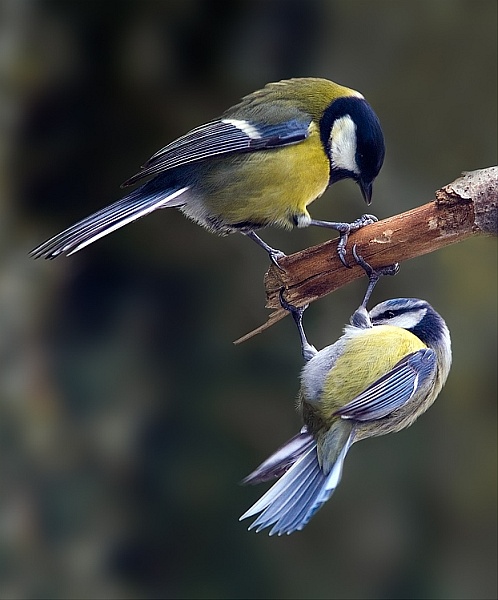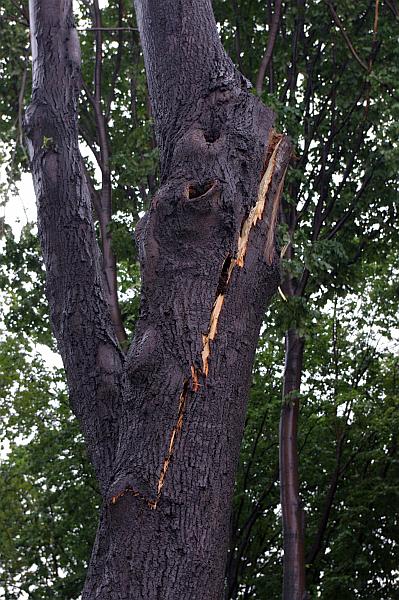Yesterday I got a call from Wildlife Conservation Officer Beth Fife. An injured adult peregrine had been found in the mills area of Monessen, Pennsylvania, shown above in a photo linked from www.city-data.com.
Beth had already called the Game Commission’s peregrine falcon coordinator, Art McMorris, to tell him the band numbers but he was not available. While waiting for Art’s return call she wondered about the bird’s identity.
I looked up the bands as best I could. The bird was not from Pittsburgh or the Midwest. My friend Karen Lang said, “Maybe it’s from New York.” And she was right.
Juanita Woods identified her as Callidora, hatched at the Times Square nest, Rochester, NY in 2010. Her father is Archer, grandson of Mariah and Kaver of Kodak. Her mother is Beauty, daughter of Dorothy and Erie at the University of Pittsburgh. Callidora is Dorothy’s granddaughter.
The news from Beth was not particularly good. Callidora is at a rehabber’s with a badly injured wing and will be x-rayed to determine the extent of the damage. I don’t know the name or location of the rehabber and have no other news. [Update: She was at Wildlife Works in Youngwood, PA. Click here for more information.]
I expect to hear more next week as business gets underway again. Not only is it the weekend, but it’s snowing and sleeting here with a projected 2-inch snow+ice accumulation. Things have slowed down considerably.
For information on the town where Callidora was found, see City-Data’s website on Monessen.
I hope Callidora will be OK.
SAD NEWS, Jan 21, 1:50pm: Beth Fife reports, “With further inspection and care of the wing, they found it to be totally shattered and non repairable. The bird was put down. Sad, but it’s not suffering anymore.”
Fly free, Callidora.
.
(photo of Monessen linked from the Monessen, Pennsylvania webpage at City-data.com)
